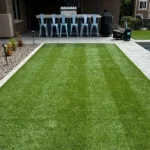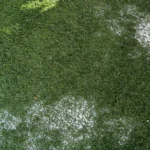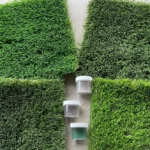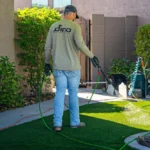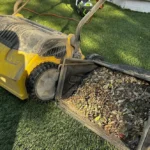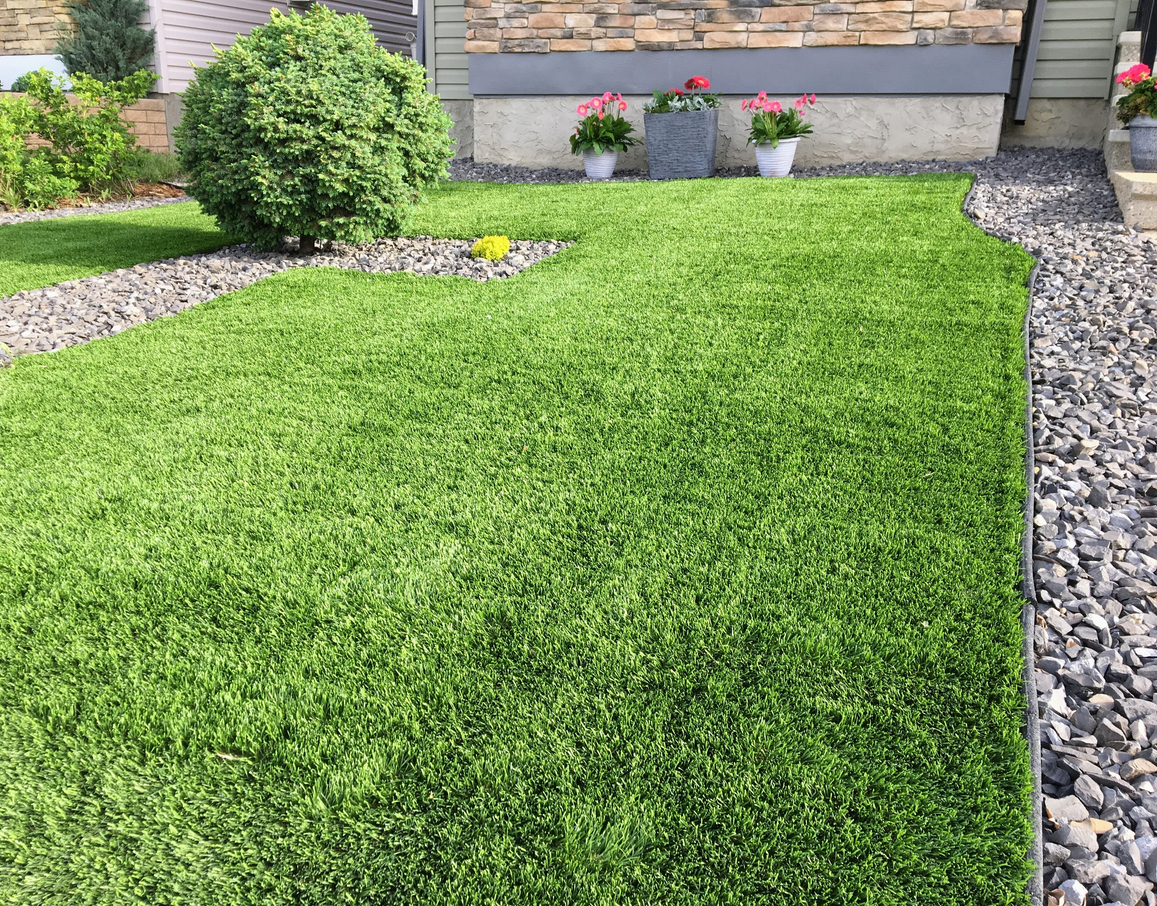
It’s not always easy to choose between natural grass and artificial turf. Turf usually costs more to install, but it can lower your water use and cut down on routine lawn care. This guide lays out the trade-offs in plain language. We look at installation costs, care and maintenance costs, water usage, repairs, lifespan, and the total cost over time so you can make a confident, budget-smart choice for residential lawns.
1. Upfront Installation Costs
Artificial turf runs $8–$20 per sq ft, driven by grading, base rock, infill, edging, access, and labor; premium turf, putting greens, and tight curves cost more. Installation is detail‑heavy—proper compaction and drainage matter—and DIY mistakes can cause costly rework. Natural grass is cheaper upfront: seed is lowest but slow; sod is $1–$2.50 per sq ft plus grading, with sprinklers extra. For 1,000 sq ft, scale accordingly. The cost of artificial turf vs natural grass initially makes turf pricier.
2. Annual Maintenance Costs
Artificial grass needs minimal upkeep: occasional brushing to keep blades upright, leaf blowing, rinsing to remove dust or freshen pet areas, and periodic infill in high-traffic lanes. Most owners do seasonal refreshes. Natural lawns demand weekly mowing, edging, fertilizing, weed control, aeration, overseeding, and seasonal cleanup, plus potential sprinkler repairs and equipment replacement. Some alternate quarterly deep service with weekly touch-ups. Bottom line: low-maintenance turf versus labor-intensive real grass drives the fake grass vs real grass price decision for homes.
3. Water and Utility Costs
Artificial turf minimizes water and utility costs by eliminating irrigation, needing only occasional rinsing—more in pet-heavy or dusty areas. Many cities offer turf or xeriscape rebates. Natural grass requires steady watering, about 1 inch weekly (≈0.6 gallons per square foot), so a 1,000-square-foot lawn can use hundreds of gallons weekly. Even efficient irrigation demands tuning and suffers from leaks, and drought rules restrict schedules. Ultimately, water expenses dominate natural lawns, while synthetic turf avoids them, clarifying the cost of grass vs artificial turf.
4. Lifespan, Warranty, and Replacement
Artificial turf typically lasts 10–20 years (8–15-year UV/wear warranties), then requires replacement; lifespan depends on traffic, sun, and upkeep. In hot areas, pick higher face-weight turf and heat-resistant infill; in snowy regions, use plastic blades to avoid fiber damage. Natural grass endures with ongoing care—keep new seed moist, patch with sod, and reseed/resod as needed. Choose climate-suited varieties and mowing heights. Turf has a fixed life; grass renews itself, too.
5. Climate, Use, and Site Factors
Climate and use shift the equation. Hot, dry regions and high water rates favor synthetic turf; cool, humid areas suit natural lawns. Turf can overheat; lighter infills, shade sails, misting, or window films/shrubs to cut glare help. Shade weakens grass. Heavy traffic wears real grass; turf resists but needs brushing. Slopes, compacted soils, and drainage issues raise installation costs for both. Drought-tolerant blends reduce watering. Site factors—and heat and water prices—drive the cost of artificial grass vs real grass.
6. Total Cost of Ownership and Payback
Compare the cost of ownership: turf costs more upfront, less annually; grass is the opposite. Payback ≈ (turf install − grass install) ÷ (grass annual − turf annual). Example: $12k vs $3.5k install and $350 vs $1,500 annual yields ~7–8 years. DIY mowing and cheap water push payback beyond 10–15 years; paid service and pricey water shorten it. Get quotes, consider financing and rebates, and stress-test artificial grass vs real grass cost for wet vs drought years, mowing frequency, and water costs.
7. Environmental Considerations
Artificial turf saves water and reduces fertilizer and pesticide use, but poses end‑of‑life and microplastic issues. Natural grass cools, provides habitat, and stores carbon, yet needs regular inputs and can leach nutrients if over‑fertilized. Lower impacts: for turf, use permeable bases, mineral or organic infills, and responsible disposal or recycling; for grass, apply compost topdressing, efficient irrigation, and pollinator borders. Weigh water savings against material/disposal impacts, alongside cost and maintenance.
Disclaimer: All costs, lifespans, and savings shown are illustrative and can vary widely by region, site conditions, materials, labor rates, and utility prices. To understand your true costs, consult a licensed landscape professional or turf installer for an on‑site assessment and written quote; get multiple bids and verify permits, HOA rules, rebates, and warranties.
Ready for a customized estimate and a side-by-side cost of artificial turf vs natural grass for your project? Contact Dino Turf Care for local pricing, professional installation options, and a simple total cost roadmap so you can choose with confidence.

